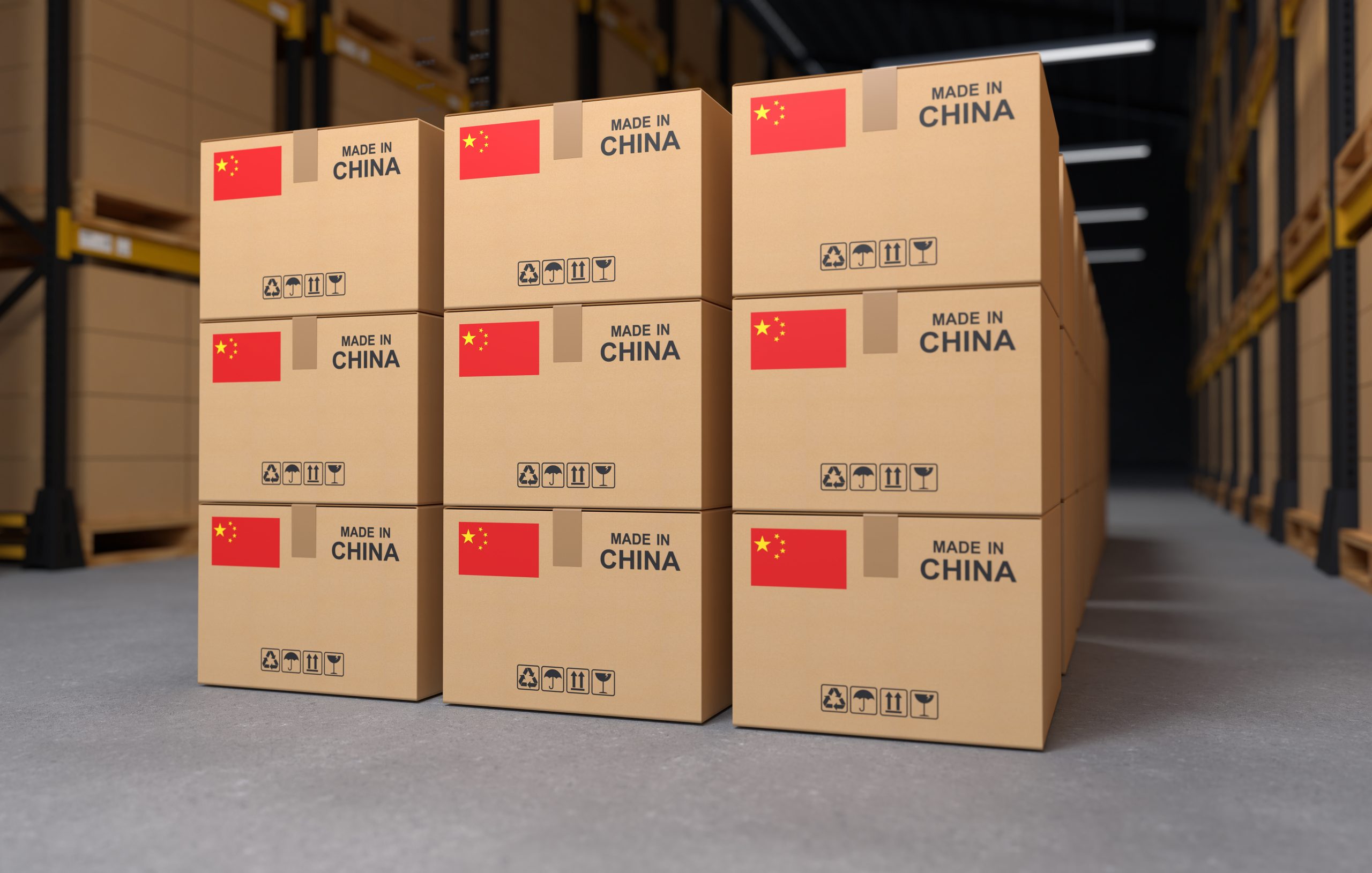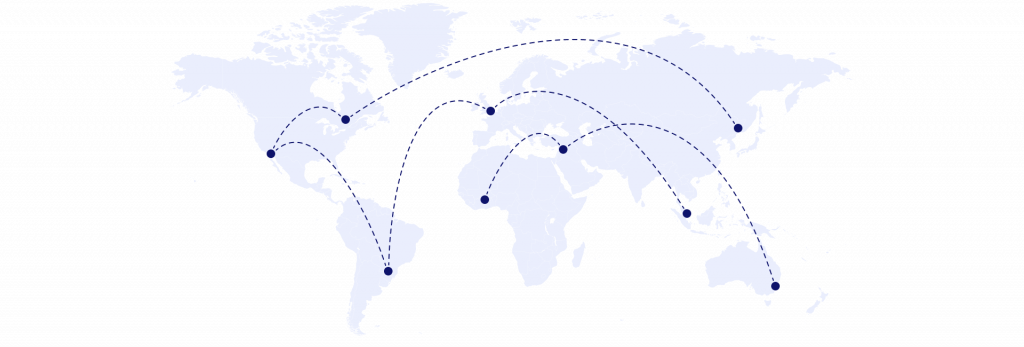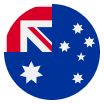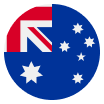CNY vs CNH: Why are there two types of Renminbi
Last updated: 28.10.2024
Here’s a quick guide on the differences between CNY and CNH.
Key takeaways
- CNY and CNH are two types of Renminbi that represent onshore and offshore versions of Yuan
- CNH is traded freely in the global currency markets; the Chinese government controls CNY
- When exchanging CNH for CNY or vice versa, the exchange rate is always 1:1

Introduction
RMB, CNH, and CNY are all used when discussing China’s currency. Do they all mean the same thing?
Well, not exactly.
RMB is China’s official currency. CNY is the Chinese Yuan used in the onshore market and CNH is the Chinese Yuan used in the offshore markets.
Sounds confusing? It can be.
Take a look at our quick guide on CNY vs CNH, where we break down the main differences between the two. We also discuss how you can save costs when making payments into mainland China.
Table of Contents
What is Renminbi (RMB) and Yuan?
Renminbi (RMB) means the people’s money. It is the official name of the currency issued by the People’s Bank of China in 1948.
The new currency allowed the government to unify the Chinese economy, which had previously been divided into different regional currencies.
Yuan is the unit of the Renminbi currency. It is similar to how Pound Sterling is the official currency of the UK, but the currency unit is referred to as Pound.
The symbol ¥ represents the Yuan.
CNY and CNH are two types of Renminbi that represent onshore and offshore versions of Yuan.
Since China’s capital and forex markets are controlled and not completely open, the Chinese Yuan has different features in the onshore and offshore markets. This is also why Yuan has two symbols distinguishing between onshore and offshore.
What is CNY?
CNY is the ISO code for the onshore Chinese Yuan, which differentiates it from the offshore Yuan. It is also sometimes referred to as the Chinese Yuan onshore or onshore Renminbi. All transactions in mainland China are done through CNY.
What is CNH?
CNH is the Chinese Yuan used in offshore markets outside of mainland China.
CNH was launched in 2010 when China’s Central Bank and Hong Kong Monetary Authority signed a clearing agreement on the Chinese Yuan. It is controlled by the free markets, which determine its value.
What are the differences between CNY and CNH?
| CNY | CNH | |
|---|---|---|
| Trading location | Onshore - mainland China | Offshore - Outside of mainland China (Australia, Singapore, Hong Kong) |
| Controlled by | Government of China | Controlled by the free market |
| Primary use | Domestic transactions within mainland China | International transactions and investments |
| Exchange requirement | Foreign businesses need to exchange CNY for CNH for offshore use | No exchange is needed for offshore use |
| Currency trading | There are restrictions on currency trading | Can be traded with other currencies |
| CNY | CNH | |
|---|---|---|
| Trading location | Onshore - mainland China | Offshore - Outside of mainland China (Australia, Singapore, Hong Kong) |
| Controlled by | Government of China | Controlled by the free market |
| Primary use | Domestic transactions within mainland China | International transactions and investments |
| Exchange requirement | Foreign businesses need to exchange CNY for CNH for offshore use | No exchange is needed for offshore use |
| Currency trading | There are restrictions on currency trading | Can be traded with other currencies |
What is the exchange rate between CNY and CNH
When exchanging from CNH to CNY, the exchange rate is always the same – 1:1. They are worth the same amount.
However, when converting CNH or CNY to a foreign currency like AUD or HKD, the two types of Yuan can have different exchange rates. That’s because while CNY is controlled by the Chinese government, which restricts currency trading, CNH can be traded freely.
It’s important to note that foreign businesses can accept CNY, but if they want to use Yuan outside of China, they have to convert CNY into CNH first.
Why does China have two currencies?
Before China became the industrial and manufacturing leader of the world, its economy was considerably closed and the conversion of international currency was restricted. The Chinese government limited the money and wealth that could flow out of the country.
However, as the manufacturing industry boomed, more money started coming into the country, which led to the Chinese government establishing a new parallel currency.
CNY is controlled by the People’s Bank of China (PBOC) to maintain export competitiveness and economic stability. On the other hand, CNH is traded in the international market and its value is determined by market forces.
A two-currency system allows China to have a stable domestic currency while promoting international trade.
Benefits of trading in CNH
Here are some of the benefits of trading CNH for international businesses
Improves price transparency for Chinese suppliers
Because CNH can be traded like other international currencies, you can make international payments to suppliers in China using their home currency. Paying your Chinese suppliers in CNH also means they can provide a quote in their home currency without considering currency fluctuation. As a result, the quotation could be more favourable for you. You can avoid renegotiation of purchase prices and build more scope for price negotiations.
Suppliers won’t be required to add an exchange rate buffer within their price, which in turn gives you access to a larger pool of suppliers in China.
Manage currency risk through hedging
CNH can be traded as a deliverable forward currency. Purchasers who manage currency risk by hedging with FX forwards could benefit from better forward point gains with CNH when compared to equivalent USD transactions.
Sending money to China? WorldFirst can help
As a business buying from China, you could also make significant savings by paying directly in CNH compared to first exchanging in another currency like USD. You can use a World Account to pay suppliers in China locally in CNH.
- Open 15+ local currency accounts and get paid like a local
- Pay suppliers, partners and staff worldwide in 100+ currencies
- Collect payments for free from 130+ marketplaces and payment gateways, including Amazon, Etsy, PayPal and Shopify
- Take control of spending with the World Card, a business expense card that saves you more with 1% cashback. Learn more
- Save with competitive exchange rates on currency conversions and transfers
- Lock in exchange rates for up to 24 months for cash flow certainty
Disclaimer: The information contained is general only and largely our views. Before acting on the information you should consider whether it is appropriate for you, in light of your objectives, financial situation or needs. Although information has been obtained from and is based upon multiple sources the author believes to be reliable, we do not guarantee its accuracy and it may be incomplete or condensed. All opinions, estimates, mentioned products/services and referenced material constitute the author’s own judgement as of the date of the briefing and are subject to change without notice. WorldFirst shall not be responsible for any losses or damages arising from your reliance of such information.


What is ePacket shipping and how does it work?
ePacket shipping is one of the most popular shipping methods offered by suppliers based in China and Hong Kong.
Feb / 2025
Find suppliers in China: Exploring the popular and not-so-popular ways
Take a look at the top conventional and unconventional ways to find reliable suppliers in China.
Feb / 2025
Canton Fair 2025: Your guide to the China Import and Export Fair
The Canton Trade Fair is one of the world’s biggest exhibitions that connects sellers and buyers.
Feb / 2025Choose a category below for more business, finance and foreign exchange support from WorldFirst.
- Almost 1,000,000 businesses have sent USD$300B around the world with WorldFirst and its partner brands since 2004
- Your money is safeguarded with leading financial institutions































































